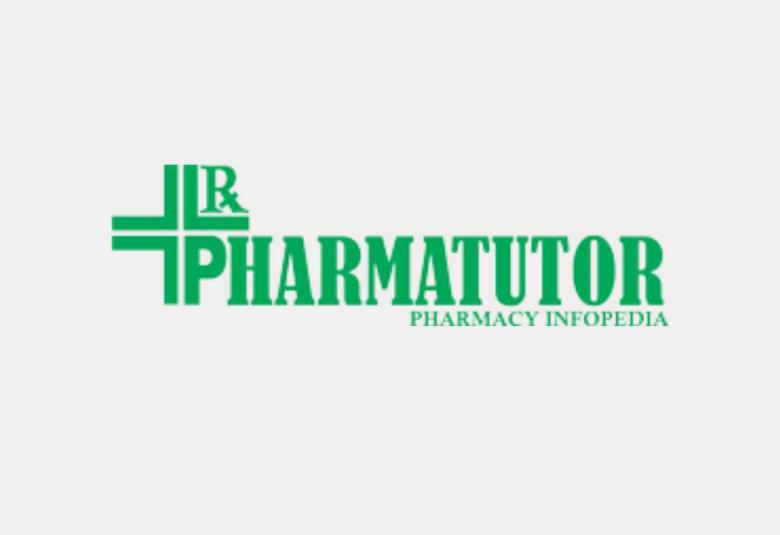PROBABLE ROLE OF ENZYMES BACE1 AND BACE2 IN FIGHTING WITH ALZHEIMER’S DISEASE: A NEURO CLINICAL REVIEW
 About Authors:
About Authors:
Patel Chirag J*1, Pinkesh Patel1, Prof. Satyanand Tyagi2, Tarun Parashar3, Soniya3, Roopesh Sachan3, Gaurav Singh3
1Department of Pharmaceutics, Maharishi Arvind Institute of Pharmacy, Mansarovar, Jaipur, Rajasthan, India-302020.
2President & Founder, Tyagi Pharmacy Association (TPA) & Scientific Writer (Pharmacy), Chattarpur, New Delhi, India-110074.
3Himalayan Institute of Pharmacy and Research, Rajawala, Dehradun, Uttarakhand, India-248007.
*chirag.bangalore@gmail.com, +91-8000501871
ABSTRACT:
Alzheimer's disease is a progressive neurologic disease of the brain leading to the irreversible loss of neurons and the loss of intellectual abilities, including memory and reasoning, which become severe enough to impede social or occupational functioning. Alzheimer's disease is also known as simply Alzheimer’s, and Senile Dementia of the Alzheimer Type (SDAT). During the course of the disease plaques and tangles develop within the structure of the brain. This causes brain cells to die. Patients with Alzheimer's also have a deficiency in the levels of some vital brain chemicals which are involved with the transmission of messages in the brain - neurotransmitters. Alzheimer's disease is the most common form of dementia. The disease gets worse as it develops - it is a progressive disease. There is no current cure for Alzheimer's, although there are ways of slowing down its advance and helping patients with some of the symptoms. Alzheimer's is also a terminal disease - it is incurable and causes death. According the National Institute on Aging, there are estimated to be between 2.4 million and 4.5 million Americans who have Alzheimer's. β-Secretase is an aspartic-acid protease important in the formation of myelin sheaths in peripheral nerve cells. The transmembrane protein contains two active site aspartate residues in its extra cellular protein domain and may function as a dimer.
Beta-secretase 1 (BACE1) also known as beta-site APP cleaving enzyme 1 (beta-site amyloid precursor protein cleaving enzyme 1), memapsin-2 (membrane-associated aspartic protease 2), and aspartyl protease 2 (ASP2) is an enzyme that in humans is encoded by the BACE1 gene.Beta-secretase 2 is an enzyme that in humans is encoded by the BACE2 gene. BACE2 is a close homolog of BACE1, a protease known to be an important enzyme involved in the cellular pathways that some believe lead to Alzheimer's disease. The aim of present article is to provide in depth knowledge about probable role of enzymes BACE1 and BACE2 in the management of Alzheimer's disease (AD). An attempt is also made to focus on general overview of Alzheimer’sdisease.



 About Authors:
About Authors: About Authors:
About Authors:  About Author:
About Author:  About Authors:
About Authors:  About Authors:
About Authors: About Authors:
About Authors:





